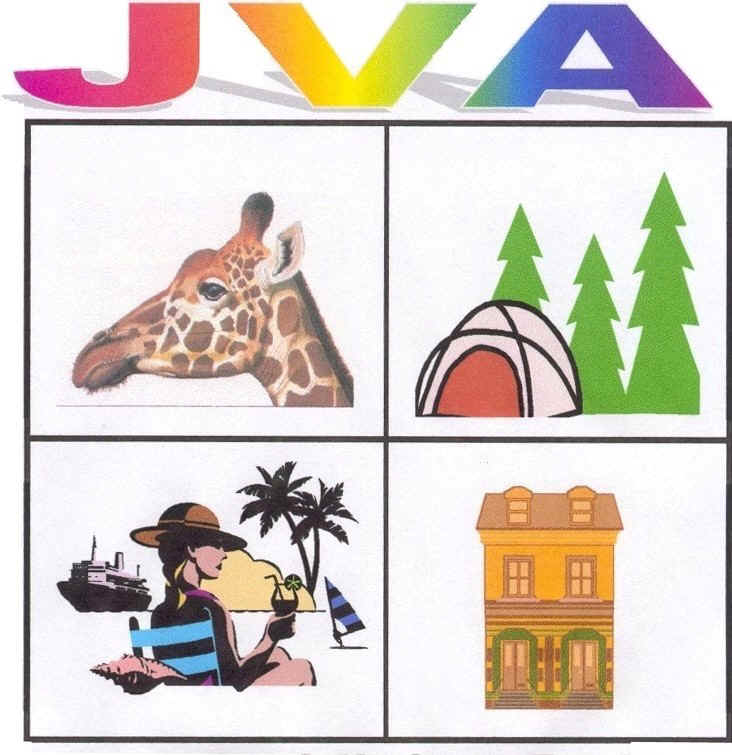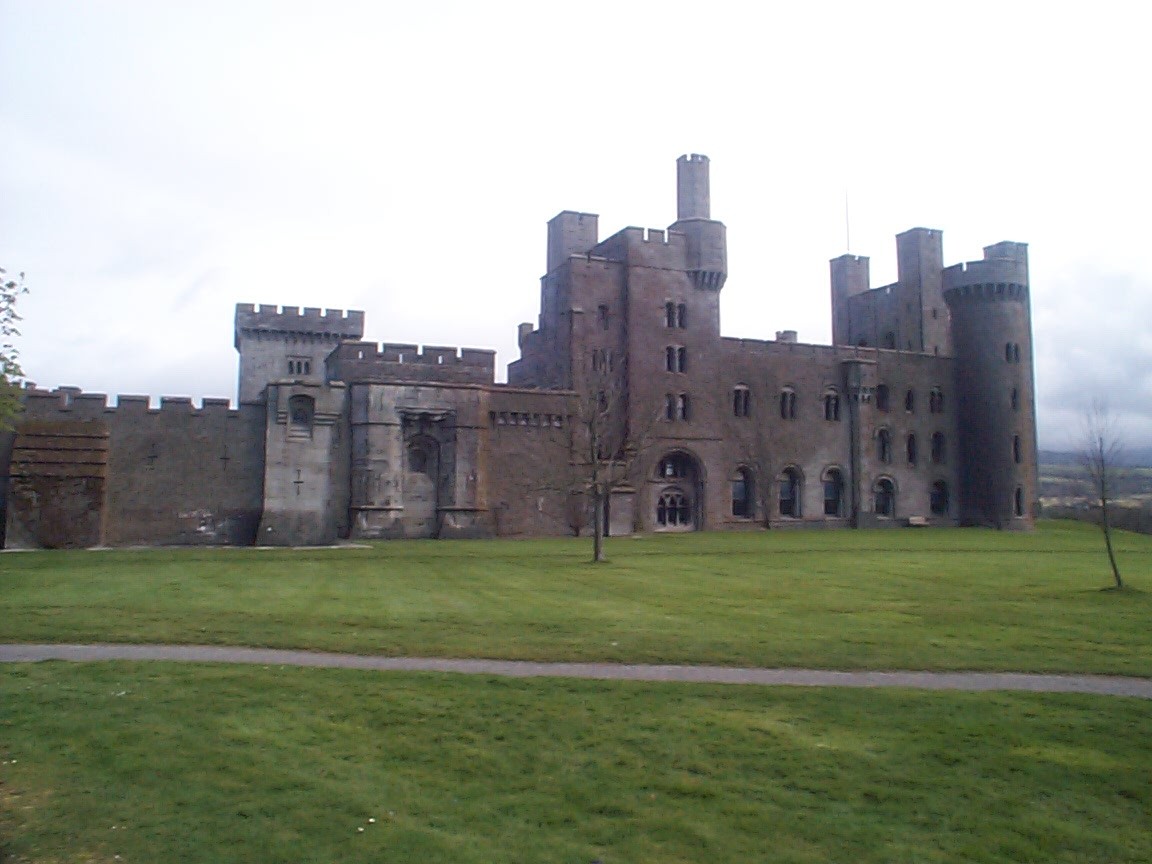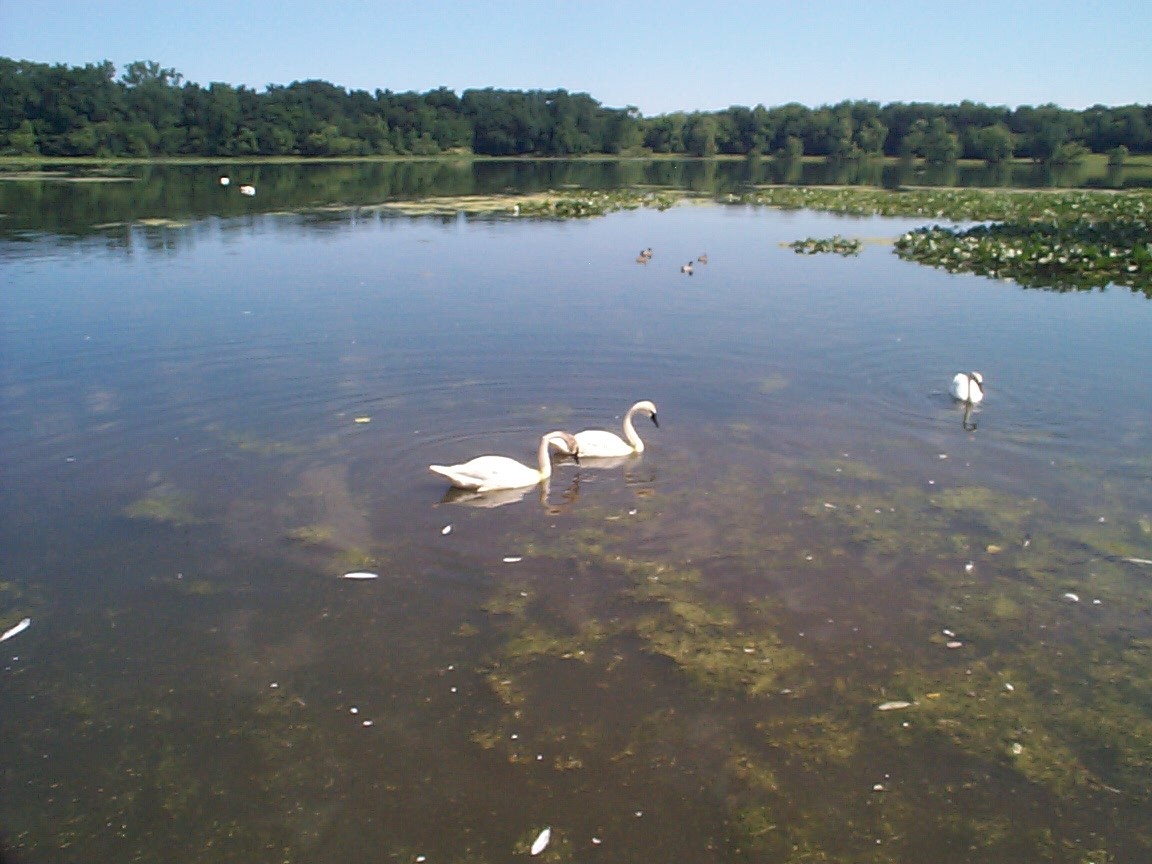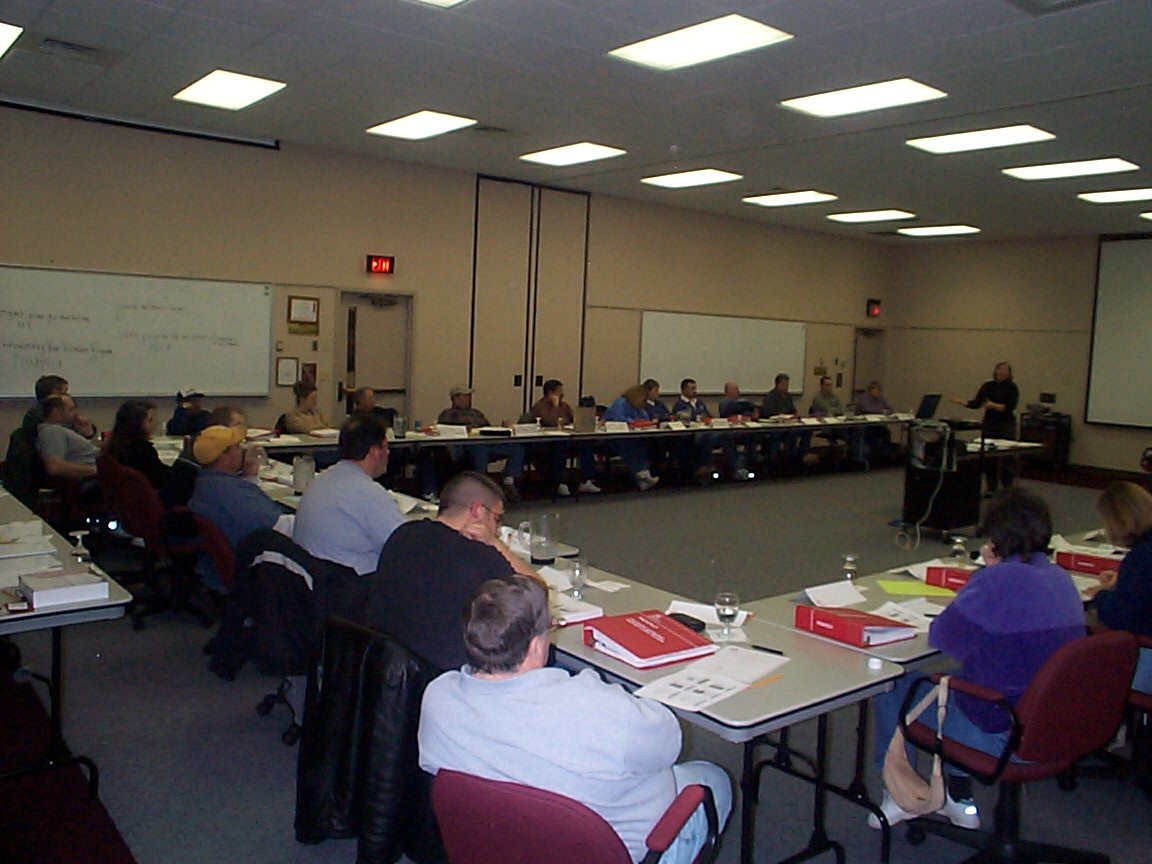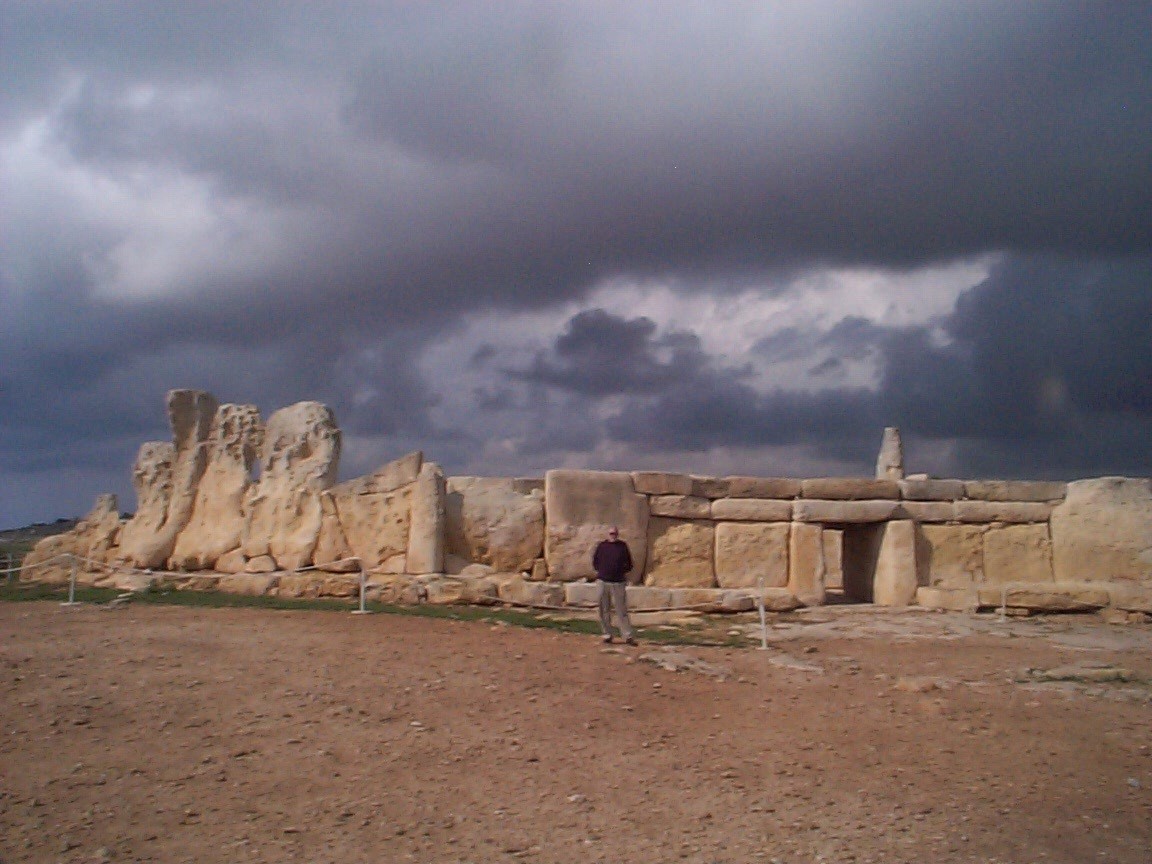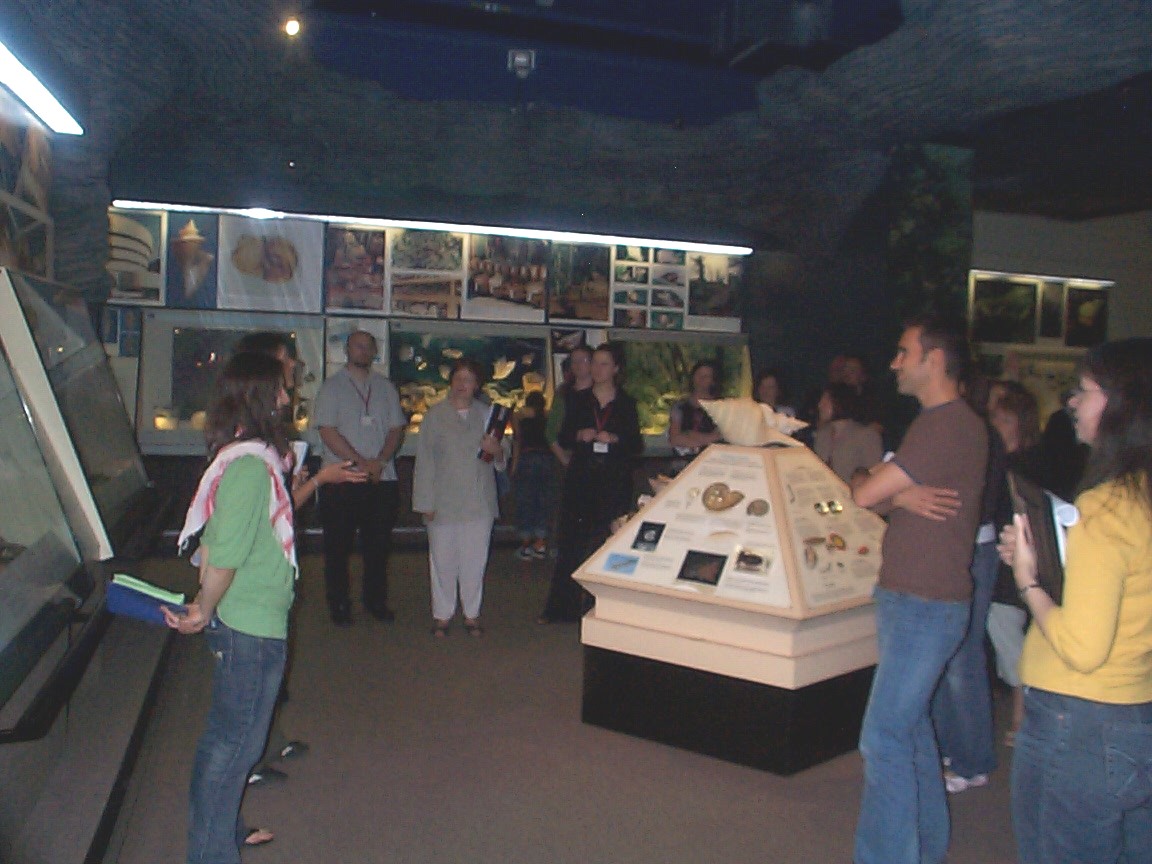|
Qualifications
2011 Projects
2010 Projects
2009 Projects
2008 Projects
2007 Projects
2006 Projects
2005 Projects
2004 Projects
2003 Projects Interpretive
Services Library Interpretive
Planning Scenic Byways Evaluation Links
Text Book
Training Video Home Page
| |
A Systems Approach to
Heritage Interpretation Planning
A new way of looking at agency wide or regional heritage interpretation
Planning for interpretive and heritage tourism sites, facilities and
attractions.

(Originally published in "the Journal of Interpretation, April/May
1979. This article has been updated to reflect 1999 Regional Interpretive Planning
Strategies/Practices).
_________________________________________________________
A Systems Approach to Heritage Interpretation Planning
By
John Veverka
Heritage Interpretation/Tourism Planner
"When we try to pick out anything by
itself, we find it
hitched to everything else in the Universe."
-John Muir
This quotation from John Muir points out one of the problems with interpretive planning
as practiced today. While interpretive master planning is generally regarded as essential
to the success of any interpretive program facility, or site, the majority of such plans
produced today are site or park specific with little attention to the regional context and
integration with interpretation at other sites nearby. Agencies with interpretive planning
responsibilities covering extensive areas generally emphasize only on those facets
directly pertaining to and within the scope of their own concern. For example, in an
article by Badaracco and Scull (1978), little attention is paid to the interface between
an agency’s mandate and the private sector regarding interpretive stories, themes,
and facilities. As a result, a large percentage of interpretive efforts tend to be rather
narrow in scope, and may even be excessively redundant in their approach to interpretation—duplicating
effort, and making inefficient use of available resources. Today, for heritage tourism and
interpretation planning, particularly on a large scale, interpretive systems planning is
the "required" approach to ensure cost effective site development and marketing
for many thematically related sites, facilities, or locations.
What do we mean by a "system"?
An interpretive systems plan looks at how best to use and integrate all of the
interpretive sites, facilities or resources within a given system. Of course, what you
mean by "system" can vary. The system can be all of the parks or historic sites
managed by a given agency. Or it can be a multi-county heritage tourism region containing
many "smaller systems" within it. It can be all of the interpretive sites
managed by a state agency, thus covering the effective interpretation of sites managed by
that agency state wide, such as a state park system. Whatever the size of make-up of your
particular "system", the value of using a systems approach to interpretive
planning is quite high and the benefits gained substantial. Here are a few of the
potential advantages associated with the systems approach.
The Value of Interpretive Systems Planning
- It integrates related facilities, themes and stories within an agency or with several
agencies.
- It facilitates a variety of levels of experience or "pacing" (Veverka, 1978)
for visitors as a common thread of experience on a regional, national or international
level.
- It facilitates the utilization of natural, physiographic, historical and cultural
resources and stories which might otherwise be ignored or overlooked.
- It expands the potential for using computers to model the interpretive planning process
for a given area, site or region. It also expands the use of the Internet in presenting
interpretive opportunities within the system.
- It enhances optimal use of available physical, financial, and psychological resources
within an area or region.
- It makes evaluation of interpretive plans and programs easier and more meaningful, by
pointing out excessive duplication and/or omissions within the interpretive system.
- It encourages a more expedient and rational approach to planning interpretive services
along corridors such as scenic byways and historic or National Roads.
Preparing an Interpretive Systems Plan
Preparing an interpretive systems plan can involve both long-range and immediate
planning needs. It is probably best to take that proverbial: first step" in
developing a systems plan at a smaller scale for your immediate needs and letting your
interpretive systems plan evolve into your long range planning.
How do you actually develop an interpretive systems plan? There are five criteria which
should be considered when developing your systems plan:
- Relative levels of a resource’s or story’s significance and its attractions
and appeal for visitors.
- Degree of environmental or artistic manipulation in light of given levels of
significance (i.e. what can be done to enhance the site’s marketability).
- Needed availability of the resource or story relative to visitor demand and interest.
- Potential or a site or story to enhance the intrinsic variety of themes within the
system contrasted to its merely adding more of what already exists within the system.
- Potential interface with other agencies, sites or facilities.
In addition, consideration should be given to the preservation of rare and or unusual
sites for the special uses or emphasis which best capitalize on their unique values. In
this light a program on butterflies would not be planned for a unique native petroglyph
site unless that program directly related to that site/story in some way.
Well-coordinated and integrated planning is the essential element in interpretive
systems planning. With this in mind, the following steps might be employed in developing
an interpretive systems plan for any given organization or region.
- Survey key existing resources and interpretive opportunities within your system (lets
say for this example the system comprises 10 County Parks and the Agency is a County Parks
System). This is the first important step.
 |
For each park within the system list each interpretive
resource. You might want to also rank or note the unique value of the resource such as
"this is our only example of a bog habitat", or "this is our only
accessible archaeological site". |
 |
Then make up a matrix of the parks x resources to give you a
good picture of what is developing like the example below: |
|
(Ed. Note: The matrix didn't translate to html language - if you would like a
copy I can send you the article as an attachment, or fax you the page with the matrix).
Of course this matrix might contain 50 subject areas/resources, but once it is
completed you can get a good idea of which resources you have a lot of, which ones are
unique to a particular park, or which ones are the best examples.
From this resource inventory you can begin to develop a unique interpretive theme
(story presentation) for each park based on "what it has". This will help keep
from duplicating interpretive efforts at parks.
- Then identify existing resources and interpretive opportunities outside your own
agency’s
boundaries with whom cooperative arrangements may be developed, such as nearby
interpretive centers or nature centers, museums, historic sites, etc.
- Then establish the specific interpretive objectives for each park (site) within the
system,
based on the particular theme and resources that park is best suited to illustrate.
- Also identify those interpretive themes most dominant or significant at interpretive or
resource sites outside of your agencies parks (but located nearby each park).
4. Then identify the main interpretive media/services
that should be further developed at each of your parks so you can budget your
interpretive improvements for each park.
5. Then create an Agency Wide (all of your parks
together) interpretive implementation and operation strategy. This will be a
matrix that will look at ALL of the interpretive media needs
within ALL of the parks within the system over 5 years. This will help you develop
annual development priorities for each park, and for the total interpretive program.
From the interpretive systems plan it will be easier to develop each parks individual
interpretive master plan – giving the parks with the greatest need (existing numbers
of visitors, site/resource protection, etc.) priority in interpretive planning.
Summary,
An interpretive systems plan is the most cost effective way to inventory, rank, and
plan for future development of themes and stories within a large systems of parks,
historic sites, heritage tourism regions, or other related agencies. The systems plan help
identify the "unique" interpretive story of each site, relative to other sites
within the system, or located outside of the system, but nearby. It is a key planning tool
for long range interpretive/heritage tourism planning for making the best use of existing
resources, and planning for new/future interpretive media/services development.
References
Parks Canada, 1976. National Parks systems Planning Manual. Indian and
Northern Affairs. National and Historic Parks Branch, Ottawa, Ontario.
Veverka, John A. 1997 Interpretive Master Planning. Acorn Naturalists,
CA.
Veverka, John A. 1999 "Interpretive Systems Plan for Santa Clara County
Parks", CA
Veverka, John A. 1982 "Interpretive Systems Plan for Columbus MetroParks",
Ohio.
Veverka, John A. 1978. "Pacing Interpretive Services: A concept for Interpretive
Planners". Journal of Interpretation, 3(1): 20-26.
John Veverka & Associates, jvainter@aol.com,
www.heritageinterp.com
|

